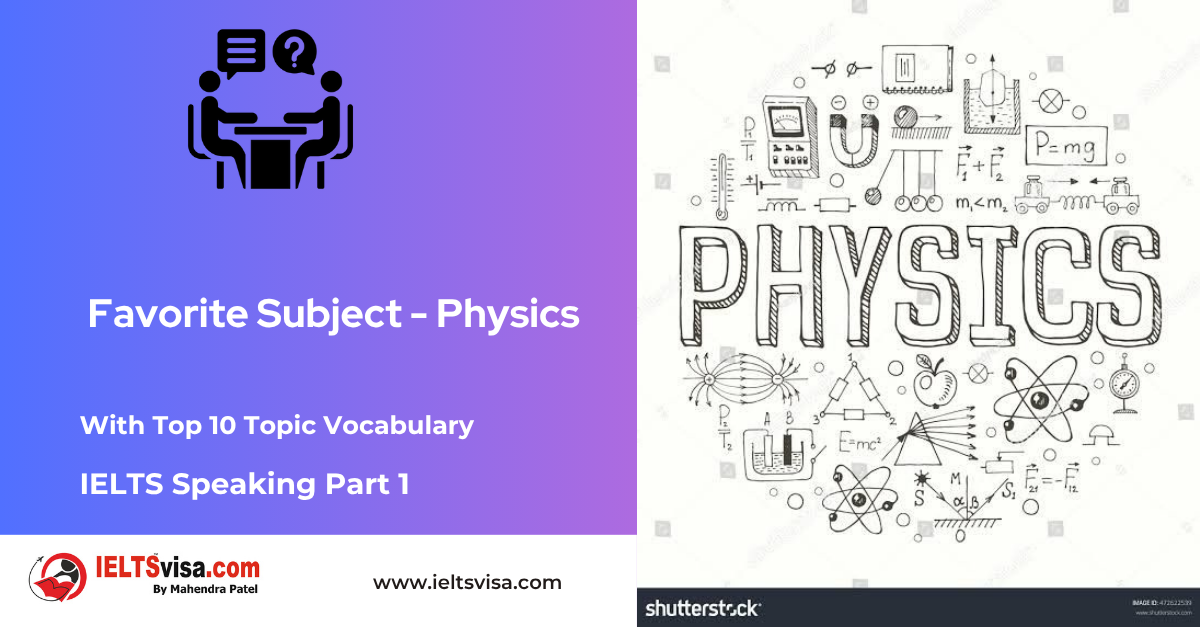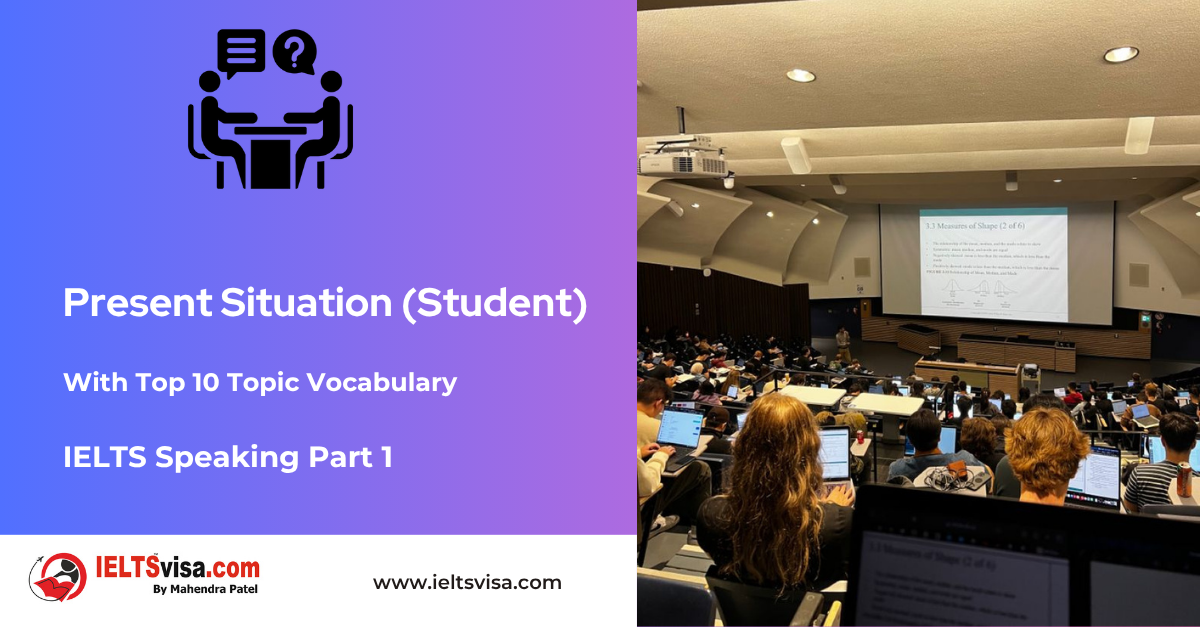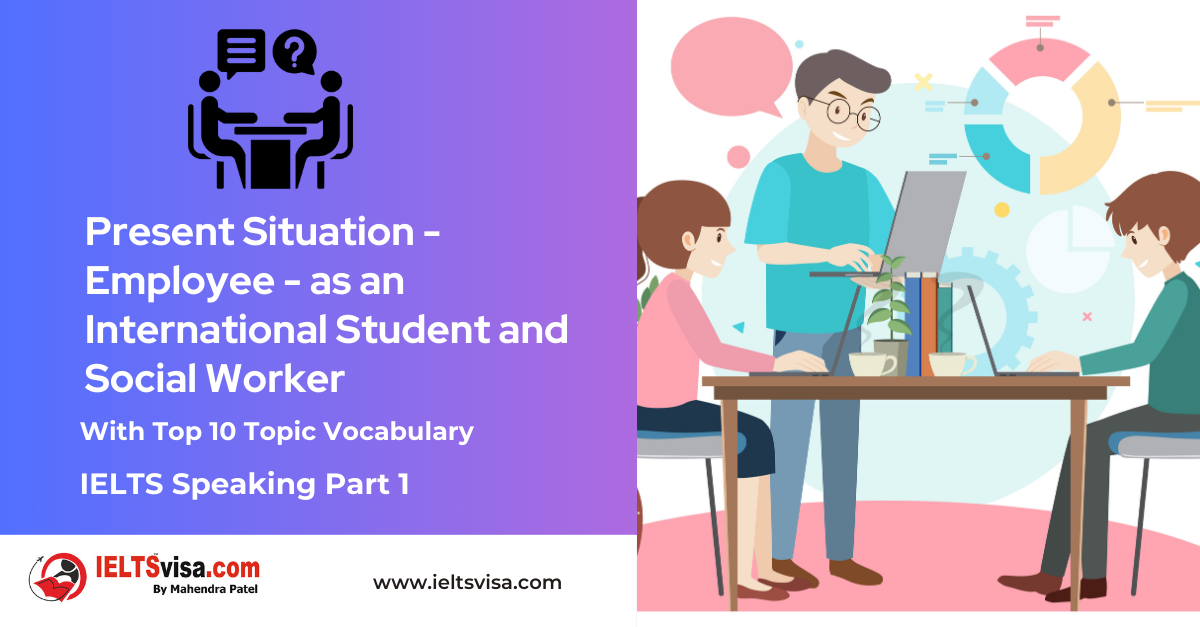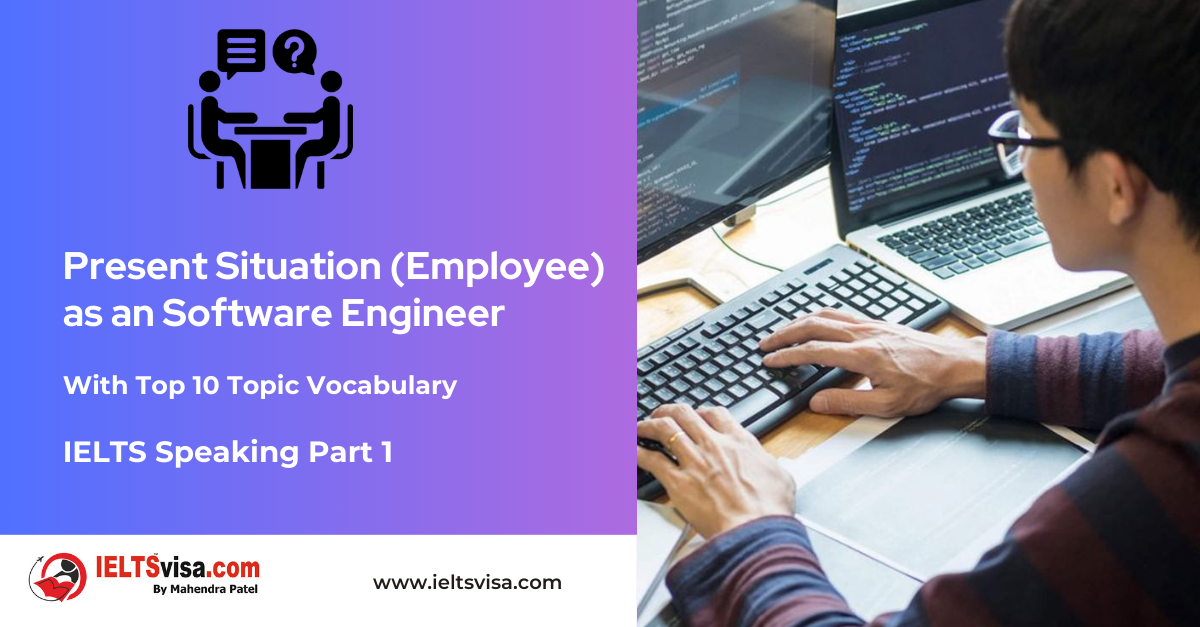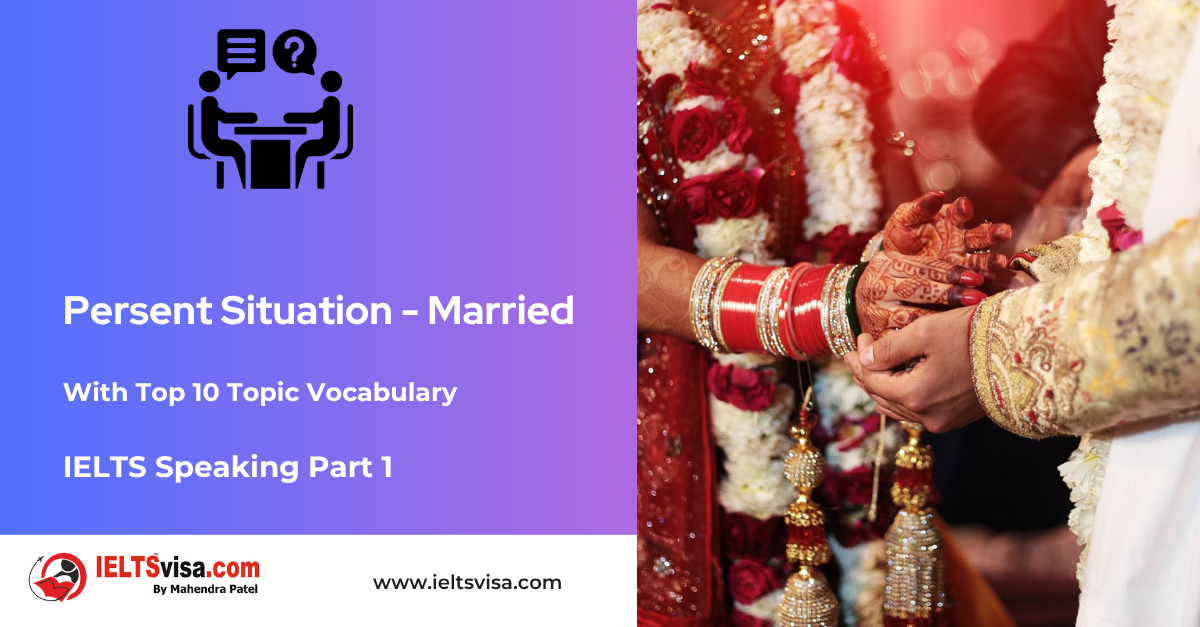The Infinitive
Grammar for IELTS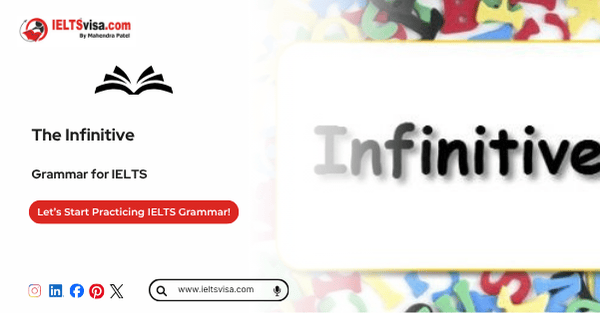
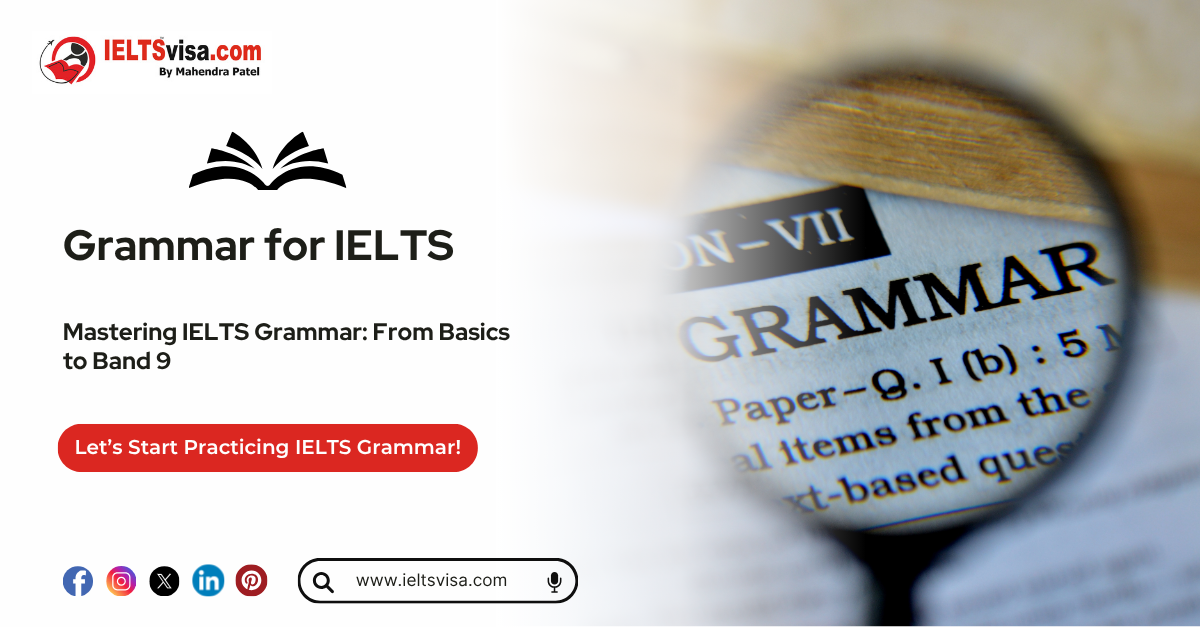
The Infinitive
Hello, students! Today, let’s talk about something exciting and important in English grammar: infinitives! Infinitives are a special form of verbs, and they are very helpful when we want to express actions in general. Are you ready to explore infinitives? Let’s get started! 😊
What Is an Infinitive?
An infinitive is the base form of a verb. Most of the time, we add the word to before the verb to create the infinitive form. For example:
-
- To play, to eat, to sleep, to learn.
Infinitives can be used as:
-
- Nouns – To read is fun.
- Adjectives – I have a book to read.
- Adverbs – She went to the library to read.
Think of infinitives as a way to talk about actions in general without actually performing them.
Why Do We Use Infinitives?
Infinitives are useful when:
- You want to talk about an action but not actually do it.
- Example: I want to run fast.
- You need to describe the purpose or reason for something.
- Example: She studies hard to succeed.
- You want to add more detail to a sentence.
- Example: He is happy to help you.
Types of Infinitives
There are two main types of infinitives:
1. Full Infinitives (To-Infinitives)
2. Bare Infinitives (Without ‘to’)
Let’s explore them!
1. Full Infinitives (To-Infinitives)
This is the most common form. It’s created by adding to before the base verb, like this:
-
- To eat, to sing, to study.
When do we use full infinitives?
1. To show purpose or intention
-
- She works hard to achieve her dreams.
- We left early to catch the bus.
2. As the subject of a sentence
-
- To travel is my favorite hobby.
- To be honest is always the best policy.
3. After adjectives
-
- I’m happy to see you.
- This question is difficult to answer.
4. With certain verbs
Some verbs are always followed by full infinitives, like:
-
- Want: I want to play.
- Need: She needs to study.
- Hope: We hope to win.
5. With ‘too’ or ‘enough’
-
- He’s too tired to walk.
- She’s strong enough to lift the box.
Bare Infinitives (Without ‘to’)
Sometimes, we use the verb in its base form without to. These are called bare infinitives.
When do we use bare infinitives?
1. After modal verbs
-
- I can dance.
- She should try.
- We must go now.
2. After certain verbs like let, make, and help:
-
- Let me explain.
- They made him cry.
- Can you help me find my bag?
3. With ‘why’ in questions
-
- Why wait here?
- Why not ask for help?
Special Uses of Infinitives
1. Split Infinitives
Sometimes, an adverb is placed between to and the verb, like this:
-
- To boldly go where no one has gone before.
While some people avoid split infinitives, they are perfectly acceptable in modern English when they make the sentence clearer.
- To boldly go where no one has gone before.
2. Passive Infinitives
Use to be + past participle to show that the subject is receiving the action.
-
- He wants to be praised.
- The room needs to be cleaned.
3. Continuous Infinitives
Use to be + verb ending in -ing to show ongoing actions.
-
- She seems to be studying.
- They claim to be working on the project.
Infinitives vs. Gerunds
A gerund is a verb ending in -ing that acts as a noun. Infinitives and gerunds can often be used in the same place, but sometimes only one is correct.
Examples:
-
- I like to swim. = I like swimming.
- He enjoys swimming. (Correct)
- He enjoys to swim. (Incorrect)
When to use infinitives vs. gerunds?
-
- Use gerunds after prepositions: She’s thinking about going.
- Use infinitives with certain verbs: She wants to go.
Examples of Infinitives in Sentences
1. To read improves your vocabulary. (Noun)
2. This is the book to read. (Adjective)
3. She stayed late to finish her homework. (Adverb)
4. We need to focus on our goals.
5. Let me help you. (Bare infinitive)
Practice Time!
Let’s find the infinitives in these sentences:
1. She wants to learn how to play the guitar.
2. They must complete the task by tonight.
3. He’s ready to start his new job.
4. Why wait when we can leave now?
5. I’m happy to see you again.
Answers:
1. to learn
2. complete (bare infinitive)
3. to start
4. wait (bare infinitive)
5. to see
Final Tips for Using Infinitives
- Understand the context: Is the infinitive acting as a noun, adjective, or adverb?
- Learn the common verbs that are followed by infinitives or gerunds.
- Practice makes perfect! The more you use infinitives, the easier they will become.

Our Books
Master IELTS Speaking Part 1
IELTS Writing Task 1 Book
IELTS Writing Task 2 Book
Practice IELTS Other Modules
IELTS Listening
The IELTS Listening test assesses how well you can understand spoken English in various contexts. It lasts about 30 minutes and is divided into four sections with a total of 40 questions. The listening tasks become increasingly difficult as the test progresses.
IELTS Academic Reading
The IELTS Academic Reading section assesses your ability to understand and interpret a variety of texts in academic settings. It is designed to evaluate a range of reading skills, including skimming for gist, reading for main ideas, reading for detail, understanding inferences, and recognizing a writer's opinions and arguments.
IELTS Speaking
The IELTS Speaking test assesses your ability to communicate in English on everyday topics. It lasts 11-14 minutes and consists of three parts: introduction, cue card, and a discussion based on the cue card topic.
IELTS General Reading
IELTS General Reading tests your ability to understand and interpret various types of texts. Here are some key areas and types of content you can expect to encounter in the reading section, along with tips for effective preparation.
IELTS Academic Writing Task 1
In IELTS Academic Writing Task 1, you are presented with a visual representation of information, such as graphs, charts, tables, or diagrams, and you are required to summarize, compare, or explain the data in your own words.
IELTS General Writing Task 1
In IELTS General Writing Task 1, you are required to write a letter based on a given situation. The letter can be formal, semi-formal, or informal, depending on the prompt. Here’s a breakdown of the key components to include in your letter
IELTS Academic Writing Task 2
In IELTS Academic Writing Task 2, you are required to write an essay in response to a question or topic. Here’s a guide to help you understand the essential elements of this task
IELTS Exam Tips
To succeed in the IELTS exam, practice regularly, familiarize yourself with the test format, improve your vocabulary, develop time management skills, and take mock tests to build confidence.
Grammer for IELTS
Grammar is the foundation of effective communication in English. Understanding tense usage, subject-verb agreement, and sentence structure enhances clarity and coherence in writing and speaking.
Vocabulary for IELTS
Vocabulary plays a crucial role in the IELTS (International English Language Testing System) exam, especially in the Speaking and Writing sections. Here’s an overview of why vocabulary is important and how it impacts your performance
RECENT IELTS SAMPLES QUESTIONS AND ANSWERS
IELTS Speaking Part 1 – Favourite Sujbect – Physics
IELTS Speaking Part 1 - Favourite Sujbect - Physics Q: What is your favourite subject? A: My favourite subject...
IELTS Speaking Part 1 – Present Situation (Student)
IELTS Speaking Part 1 - Present Situation (Student) Q1: Are you a student or do you work?A: I’m a full-time...
IELTS Speaking Part 1 – Present Situation – Employee – as an International Student and Social Worker
IELTS Speaking Part 1 - Present Situation - Employee - as an International Student and Social Worker Q1: Are...
IELTS Speaking Part 1 – Persent Situation – Employee- as an Electric Engineer
IELTS Speaking Part 1 - Persent Situation - Employee- as an Electric Engineer Q1: What do you do for a...
IELTS Speaking Part 1 – Persent Situation – Employee – as an Software Engineer
IELTS Speaking Part 1 - Persent Situation - Employee - as an Software Engineer Q1: What do you do for a...
IELTS Speaking Part 1 – Persent Situation – Married
IELTS Speaking Part 1 - Persent Situation - Married Q1: Are you married?A: Yes, I am married. My spouse and I...

